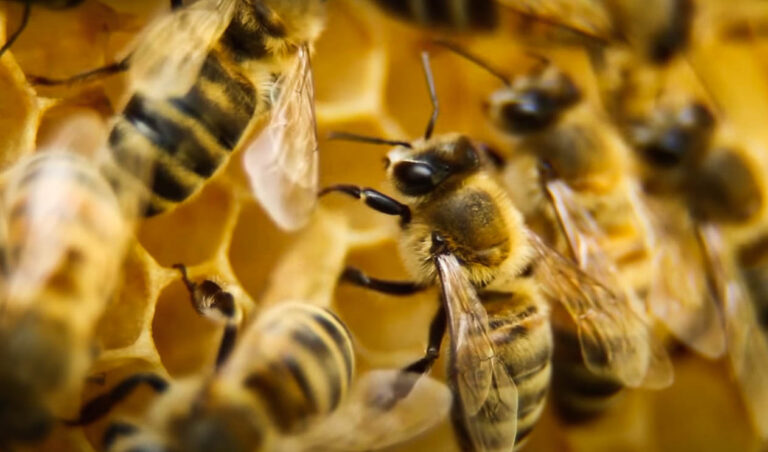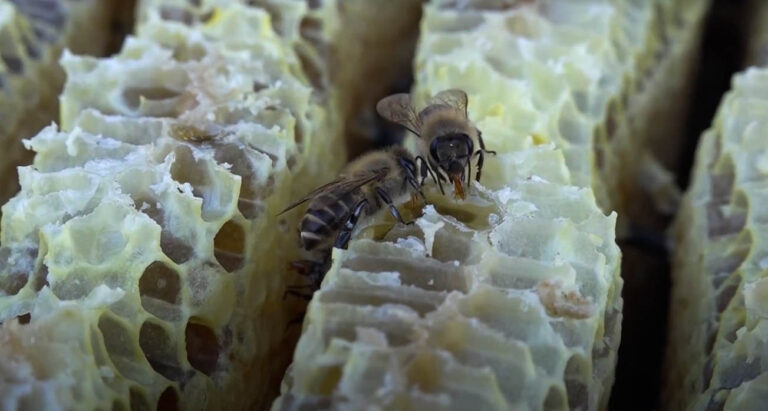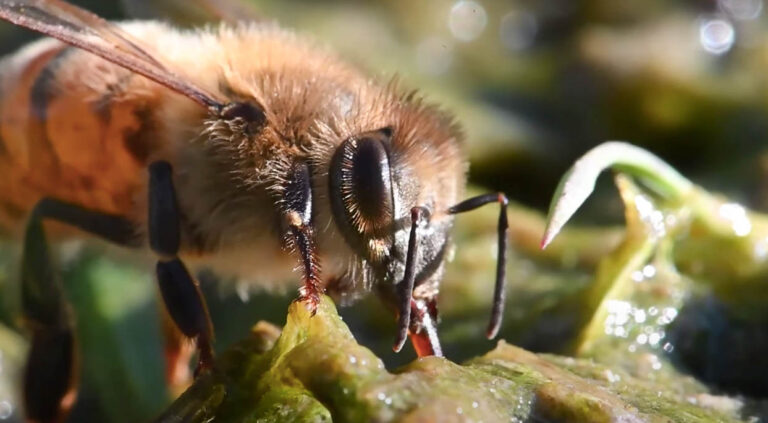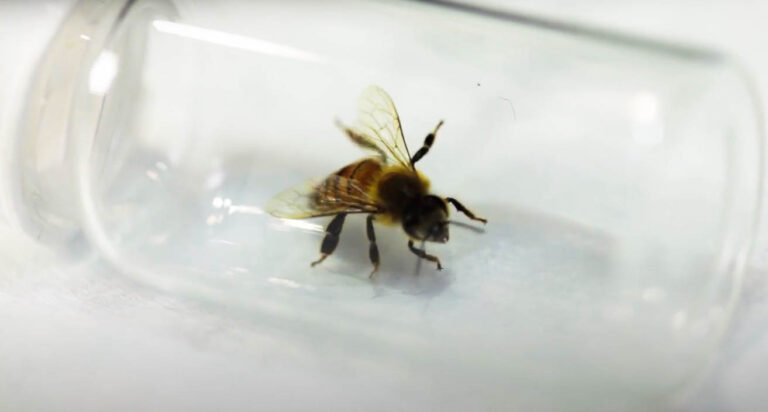About Honey Bees
About Honey Bees
Honey bees are some of the large bees known for their honey production as well as their honey production abilities. They have a well-established global population. They are also aggressive insects. The presence of honey bee nests around homes and other properties can be concerning, because of their ability to sting.
Appearance
The average length of honey bees is 15mm. They are a light brown color and are oval-shaped. Honey bees also have bands. The bands of honey bees are colored golden-yellow and brown. The color of the bodies of honey bees varies from the darker variations to the lighter variations.
Behavior
They are social creatures, and they live in colonies. A colony of bees can hold thousands of the critters. Honey bees make their hives with wax which they get from their abdomen area. Every honey bee colony has a queen. The queen, numerous drones, and many more workers make up honey bee colonies. The queen honey bee mates with the drones to start a new colony. It is noteworthy that, as opposed to many other types of bees, the honey bee does not hibernate during winter. Instead of hibernation, they live closely together and share body heat. They also share large food stores created before the hibernation period.
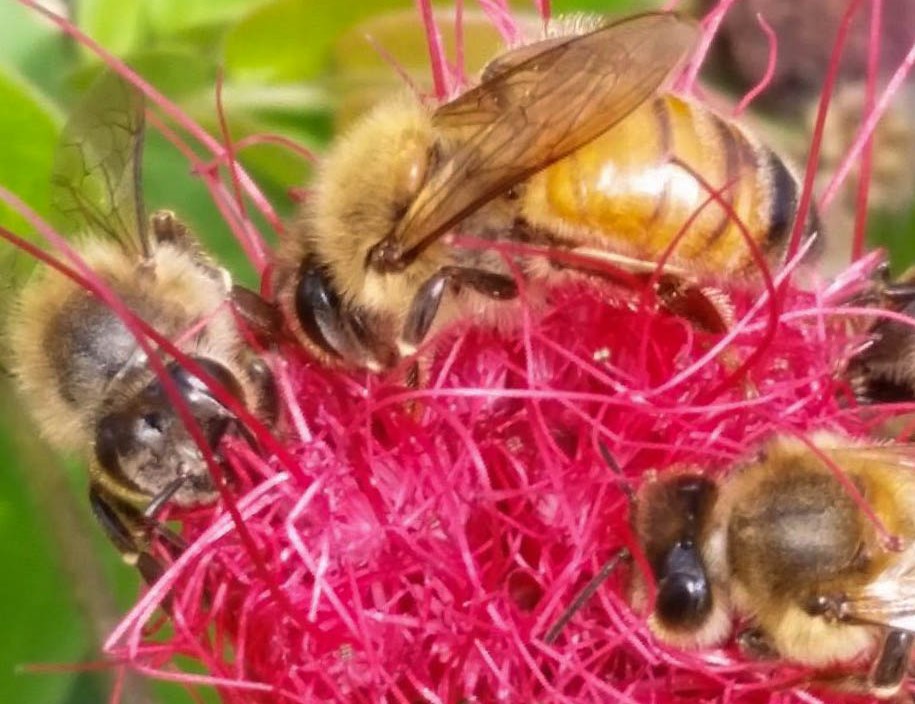
Even though they could live in colonies of thousands, honey bees could fight and sting one another, as a show of dominance or for other reasons. Honey bees can sting humans and other animals. This is why their relocation may be necessary if their nests are located close to residential or commercial properties. They are known for the production of large quantities of honey. Honey bees are also known for the role they play in pollination which is of ecological importance.
A unique behavioral feature of honey bees is the dance that the foragers make. They dance to signal other workers to food sources. The foragers typically dance after they have gone back to the nest with an initial load of food. Honey bees could make the round dance or the waggle dance, depending on the location of the food source. If the food source is within 50 meters, the bees will dance in a circle, the round dance. If the food source is within 150 meters of the nest, the bees will dance in a figure 8 pattern. The bees apply the dance, as well as odors, to find the location of the food source.
Because of the important role they play in pollination, honey bees could be raised for their pollination activities.
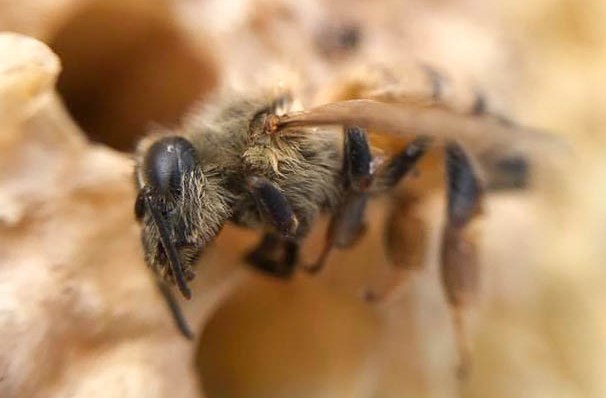
Life Cycle
Honey bees can be queens, drones, or workers. Each colony has one queen. The queen is specifically in charge of establishing and enlarging the colony. The drones are the fertile males. It is their duty to mate with the queen. They mate with the queen and die shortly afterward. The worker honey bees perform different duties, depending on the stage of their life. The very young honey bees care for the developing bees, specifically the larvae. As the workers grow up, they become involved in foraging. The older worker honey bees are the main foragers.
After the queen mates with the drone, she begins to lay eggs into the different cells of the nest. The queen can lay about 2,000 eggs in a day. The eggs grow and develop into adult bees. After the queen lays eggs in a cell, she seals it off completely. The adult egg has to break its way out of the sealed cell. Honey bees are swarmers. New adult honey bees leave old colonies to seek out and create new ones. The swarming takes an average of 24 hours. The new adult honey bees usually leave the old colony with many workers.
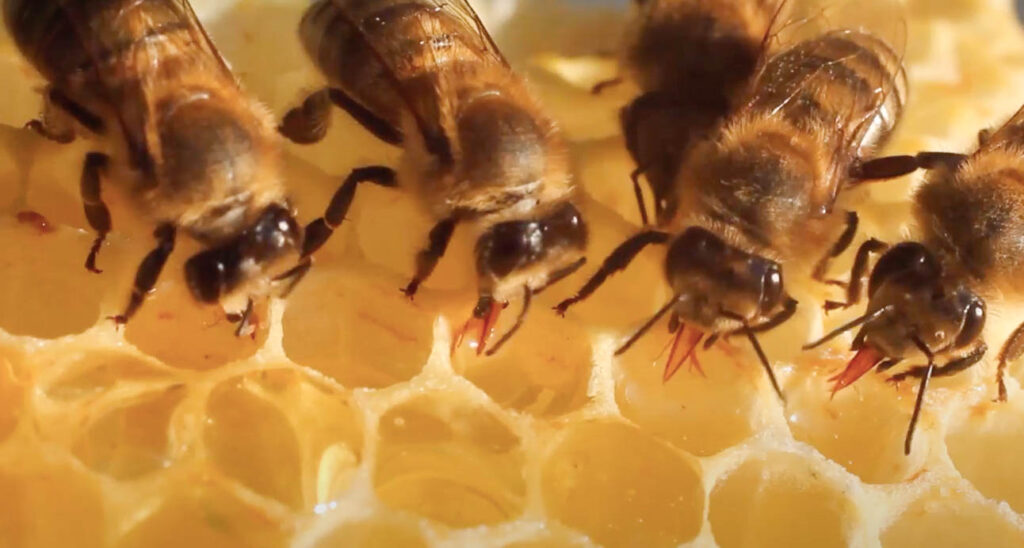
Habitat
Honey bees are found on every continent except Antarctica. They are found in most states of the US. The basic behavior of honey bees, especially their level of aggressiveness, varies according to their location. For example, African honey bees are more aggressive than European honey bees.

